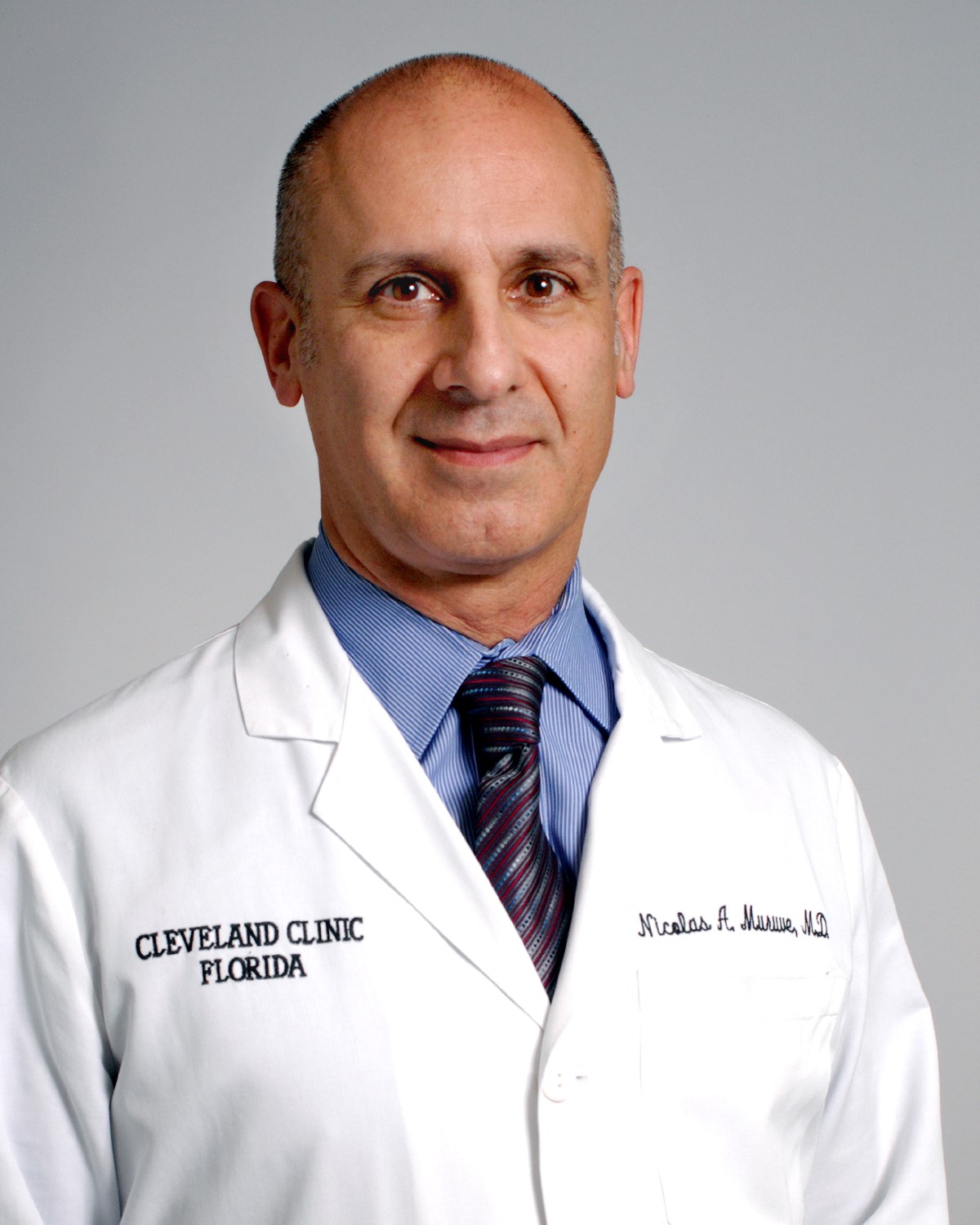In recent decades, surgical procedures have become more accessible thanks to advances in technology. This has resulted in shorter recovery times, fewer complications, and shorter hospital stay.
An example is laparoscopic and robotic prostate surgery performed by the department of urology and kidneys of Cleveland Clinic Florida. This type of surgery aims to treat patients with prostate cancer through the use of technological devices.
In open prostate surgery, this organ is removed through a larger-sized incision in the lower abdomen, while in laparoscopic surgery the incisions are made with holes that are used to insert an illuminated viewing instrument (laparoscope) into the pelvic region. This allows the doctor to examine and remove the prostate without having to make a larger abdominal incision.
These procedures are performed through small incisions that do not cut the muscles. Laparoscopic and robotic prostatectomy offers surgeons better visualization of the area, allowing the prostate to be removed accurately. Patients also experience considerably less blood loss. Unlike traditional open surgery, laparoscopic and robotic surgery only requires four to five small incisions. Through these incisions and using a powerful high-precision endoscope (a tiny camera) and specialized surgical instruments, the surgeon removes the prostate.
Both techniques are minimally invasive to perform a radical prostatectomy against cancer. In laparoscopic prostatectomy, the surgeon stands next to the operating table and manipulates the instruments himself, while in robotic prostatectomy, the expert is sitting near the patient next to a robotic console, from where he controls the robotic instruments to perform the operation. The robot accurately reproduces the complex maneuvers performed by the surgeon.
“The benefits are similar between robotic and laparoscopic prostate surgery. Patients can usually go home the day after prostate surgery, ”explains Dr. Nicolas Muruve, a urologist at Cleveland Clinic Florida. “Patients who undergo robotic and laparoscopic prostate surgery generally experience less pain and postoperative discomfort and have a faster recovery. They also experience considerably less intraoperative bleeding.”
Advances in research and technology have contributed to the high cure rates related to radical prostatectomy and radiotherapy for prostate cancer. The degree of sexual function after radical prostatectomy is determined by many factors, such as the age of the man and the sexual activity he had before the procedure. After a radical prostatectomy, most men experience at least temporary erection problems.
Based on its experience with thousands of patients, Cleveland Clinic has created a program specifically designed to offer a multidisciplinary approach aimed at improving the quality of life after prostate cancer surgery. The program combines the experience of world-renowned urological surgeons, endocrinologists, psychologists, and physiotherapists, and offers comprehensive diagnostic tests and clinical treatments for the patient.
In the postoperative process, the hospital stay is one or two days. Cleveland Clinic is responsible for providing the patient with daily care on admission and giving detailed instructions after surgery, before being discharged. It is recommended not to drive a vehicle during the seven days following surgery. Physical activities are not restricted in the postoperative period, and it is only recommended to do what the patient can tolerate.
Cleveland Clinic was the first hospital in the United States to regularly perform laparoscopic prostate surgeries and among the first to perform radical robotic prostatectomy. With the most advanced robotic surgical system, approved by the Food and Drug Administration (FDA), laparoscopic and robotic surgeries allow surgeons to perform this complex procedure in a minimally invasive manner, with more precision and offering thus better results to patients.





